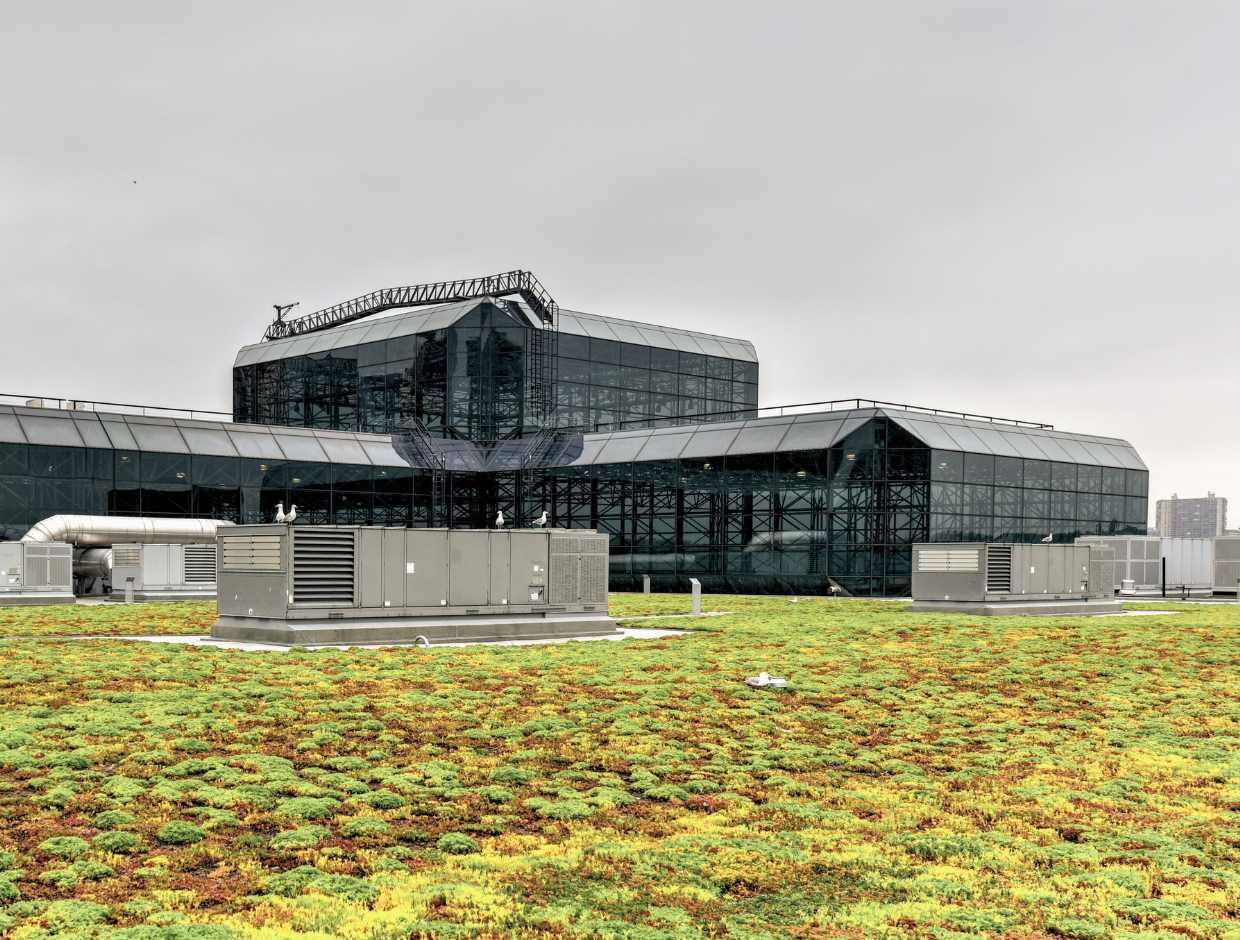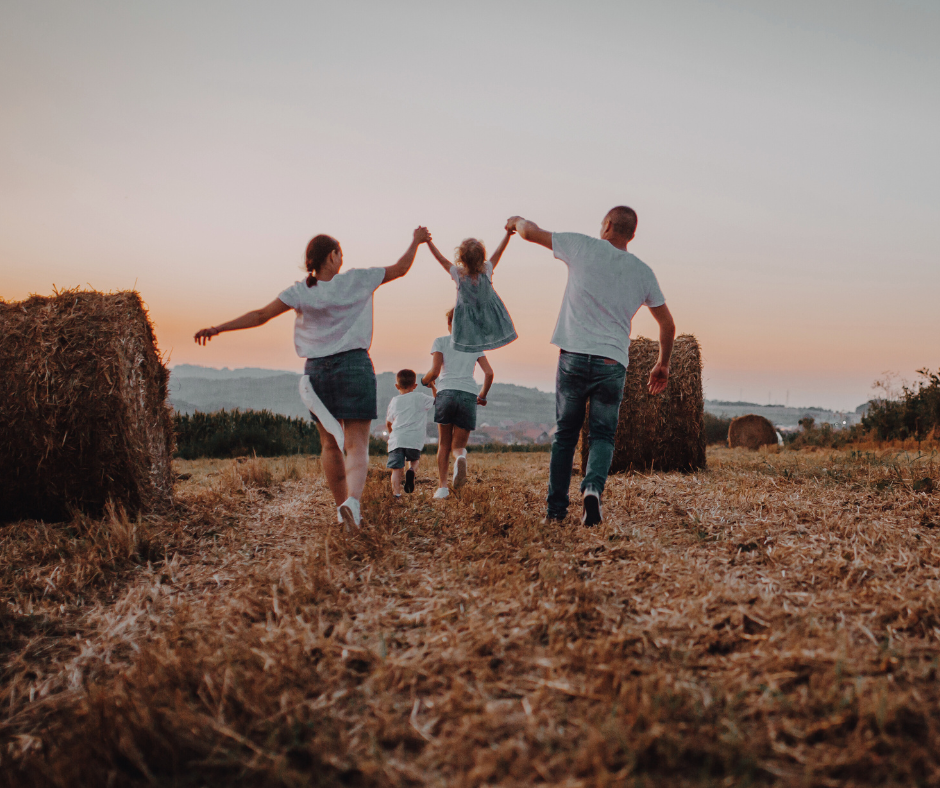

Harvest Festival: How 7 Cultures Around the World Celebrate the Season
Summary
Harvest festivals are celebrated across many cultures as a way to express gratitude for the earth’s bounty and strengthen family and community bonds. From Ghana’s Homowo to Korea’s Chuseok, these festivals involve feasts, rituals, and communal joy. Whether it’s through preparing traditional dishes, dancing, or honoring ancestors, these moments help connect people to nature and heritage. Explore how seven different cultures around the world celebrate the harvest season.
Reflection Questions
- How does your family or community celebrate the change of seasons or harvest time?
- What traditions or rituals around gratitude for nature resonate most with you from these festivals?
- How can you incorporate more mindful moments of gratitude and community into your seasonal celebrations?
Journal Prompt
Reflect on a time when you participated in a harvest or seasonal celebration. What sights, sounds, and tastes made the experience memorable? How did it connect you to your family, community, or a deeper sense of gratitude for nature’s abundance?
As the seasons turn, harvest festivals are a beautiful, cross-cultural way for women to celebrate the bounty of the earth with their families and communities. Across cultures, these fall festivals are moments of gratitude, joy, and reflection—times when women play a key role in preparing feasts, organizing celebrations, and passing down traditions to future generations. Whether it’s through cooking, music, storytelling, or communal gatherings at a local farm, these moments are deeply rooted in the cycles of nature and the rhythms of family life. Harvest festivals not only honor the abundance of the season but also strengthen bonds within families and communities. In this article, we’ll explore how seven different cultures celebrate the harvest season. We’d love to hear from you—share how your family or community marks the harvest in the comments!
Celebrating Seven Harvest Festivals Around the World
#1 Homowo – Ghana
Homowo, celebrated by the Ga people of Ghana, is a vibrant harvest festival that takes place in August or September. Its origins are rooted in a time of famine when the Ga people faced severe food shortages.
After enduring the hardship, they eventually harvested a plentiful crop, and the name “Homowo,” meaning “hooting at hunger,” symbolizes their triumph over hunger. Today, it is a time for the Ga people to honor their ancestors, express gratitude for abundance, and strengthen community bonds.
How It’s Celebrated
Homowo is a joyful festival centered around community, delicious food, and tradition. One of the main highlights is a large feast featuring kpokpoi, a traditional dish made from steamed cornmeal, which is shared among families and communities. Kpekple is sometimes served, too. Like hpokpoi, kpekple is made from cornmeal, but it often has a finer texture. The cornmeal is usually ground more finely, which affects the consistency of the final dish. Kpekple is also mixed with palm oil, making it richer in taste.
Live music, drumming, and dancing fill the streets during this event, as people of all ages participate in ceremonial parades that symbolize victory over hunger. The festival is not only a time of celebration but also a moment to reflect on resilience and the power of community.
#2 Lughnasadh – Ireland (Celtic Harvest Festival)
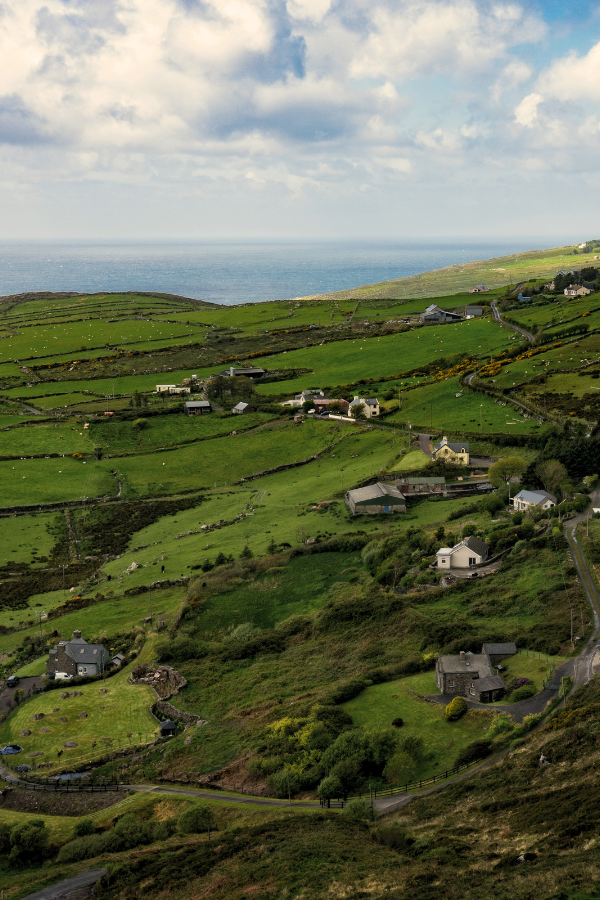

Lughnasadh, celebrated on August 1st, marks the start of the harvest season in Gaelic traditions. It is one of the four major Celtic festivals, rooted in ancient Ireland, and is held in honor of the god Lugh, the god of light and craftsmanship.
The festival acknowledges the hard work of farmers and the importance of the first harvest, with gratitude for the earth’s abundance. Historically, it was a time of deep community connection, symbolizing the harmony between humans and nature as the seasons change.
How It’s Celebrated
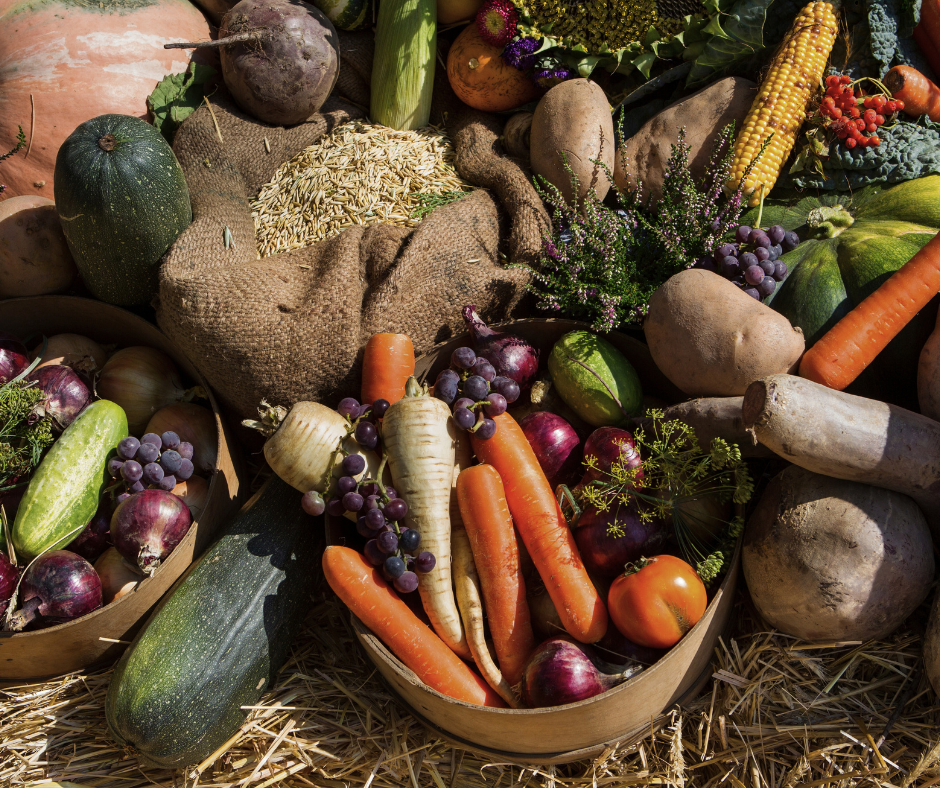

Communities gathered to harvest crops, celebrate with feasts, and engage in friendly athletic competition or horse races. The festival also included offerings of the first fruits, which were made to honor Lugh. Music, dancing, and bonfires were common, and the festival had a celebratory yet reflective tone as people gave thanks for the bounty and marked the beginning of autumn.
#3 Mid-Autumn Festival – China
The Mid-Autumn Festival, also known as the Moon Festival, is one of China’s most important harvest festivals, celebrated on the 15th day of the eighth lunar month (usually in September or October). The festival honors the moon, which is believed to be at its brightest and fullest on this night, symbolizing abundance, prosperity, and unity. Traditionally, it was a time to give thanks for the harvest and to pray for future good fortune.
Families (especially children) come together to enjoy mooncakes, a pastry filled with sweet or savory fillings, which are symbolic of reunion. Lanterns are lit to guide spirits home and are also used to decorate homes and streets, creating a magical atmosphere. Admiring the full moon is a key part of the celebration, with families gathering outdoors to reflect on the beauty of the moon and the harvest.
#4 Festa Junina – Brazil
Festa Junina, celebrated throughout Brazil in June, is a festival that honors rural life and the harvest season. Originally tied to Saint John and Catholic traditions, it has evolved into a celebration of Brazilian country culture, blending religious observance with the joy of the harvest. This festival takes place during the Brazilian winter and brings communities together for a lively celebration of food, music, and dance.
How It’s Celebrated
Festa Junina is known for its large outdoor parties, where traditional square dancing (quadrilha), bonfires, and fireworks are essential. Festival-goers dress in rural-inspired costumes, such as plaid shirts and straw hats, evoking the rustic charm of Brazilian countryside life.
Traditional foods like pamonha (corn-based dishes), sweet cakes, and grilled meats are shared, and the festive atmosphere is full of color and community spirit for anyone who chooses to join.
#5 Pongal – India (Tamil Nadu)
Pongal is a four-day harvest festival celebrated in mid-January in the southern state of Tamil Nadu, India. It is dedicated to the Sun God and the fertility of the land, marking the end of the winter solstice and the beginning of the harvest season. Pongal is a time to give thanks for the abundance of crops, particularly rice, which plays a central role in Tamil Nadu’s agricultural life.
How It’s Celebrated
Families prepare a dish called Pongal, made from freshly harvested rice, jaggery (unrefined sugar), and milk. Homes are decorated with intricate kolams, which are geometric designs made from rice flour, symbolizing prosperity and welcoming blessings. Events during this festival also include traditional dances, music, and rituals honoring the cows and other animals essential to the farming community.
Fuel your creative fire & be a part of a supportive community that values how you love to live.
subscribe to our newsletter
*please check your Spam folder for the latest DesignDash Magazine issue immediately after subscription


#6 Oktoberfest – Germany
Oktoberfest, originally a celebration of the royal marriage of Bavarian Crown Prince Ludwig and Princess Therese in 1810, has since evolved into one of the world’s largest festivals, celebrated from late September through the first weekend in October. While it’s known globally for beer, it’s also deeply tied to the autumn harvest and the cultural heritage of Bavaria.
How It’s Celebrated
The festival features large beer tents, traditional Bavarian food, folk music, and dances. Locals and visitors alike don traditional clothing such as dirndls and lederhosen, immersing themselves in the rich cultural traditions of the region. Beyond beer, there are harvest parades, carnival rides, and folk performances, offering something for all ages and interests.
#7 Chuseok – Korea
Chuseok, often referred to as Korean Thanksgiving, is one of Korea’s most important holidays, celebrated in late September or early October. It is a time to give thanks for the year’s harvest and to honor ancestors. This festival symbolizes family unity and is an important cultural occasion that highlights the significance of both the harvest and family traditions.
How It’s Celebrated
Families gather to prepare and share a feast, with rice cakes called songpyeon being a central dish. These rice cakes are made with freshly harvested rice and filled with ingredients such as sesame seeds, chestnuts, or red bean paste. Families visit ancestral graves to clean the sites and offer food as a gesture of respect and gratitude. The festival also features traditional games, folk dances, and music.
How Do You Celebrate the Harvest Season?
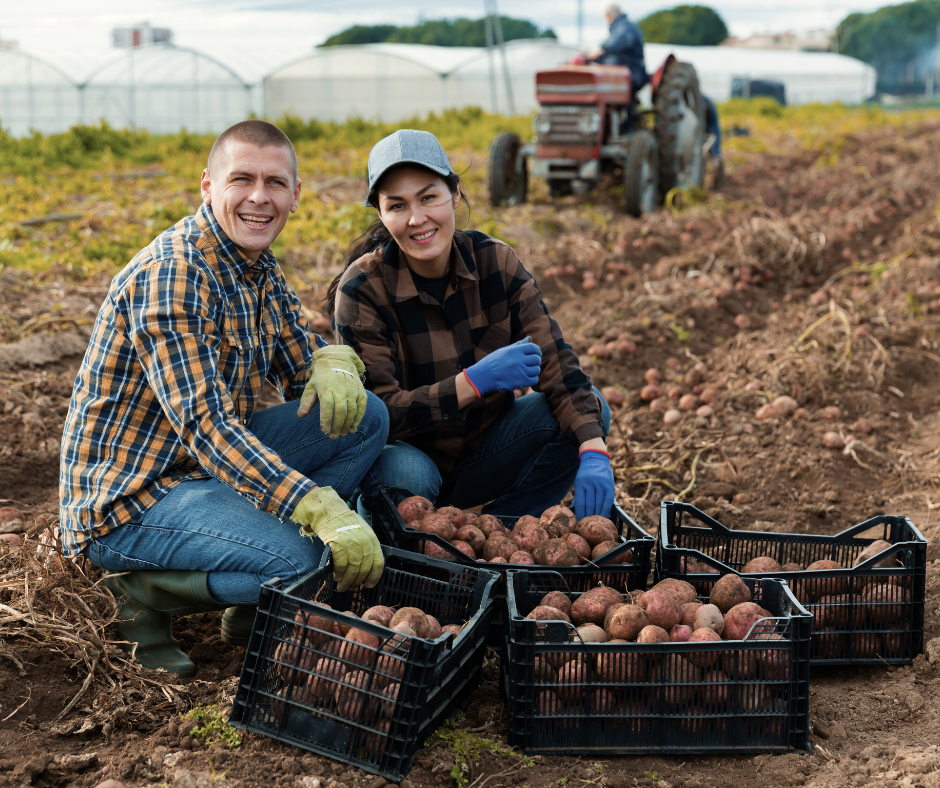

We’d love to hear how you celebrate the harvest season in your own community. Do you attend a local parade filled with vendors, food trucks, and live music, where the whole town comes together to celebrate? Maybe you enjoy a more laid-back experience, visiting a local vineyard to sample new wines with your friends, or taking your children to the farmer’s market on Sunday to pick out fresh produce and connect with local growers.
Perhaps you celebrate the harvest at home with vegetables plucked from your own garden! Whether it’s a small family tradition or a larger community event, harvest season is a wonderful opportunity to reflect on abundance, connect with nature, and support local businesses. Share your own harvest traditions in the comments—we’re eager to learn how you celebrate!






